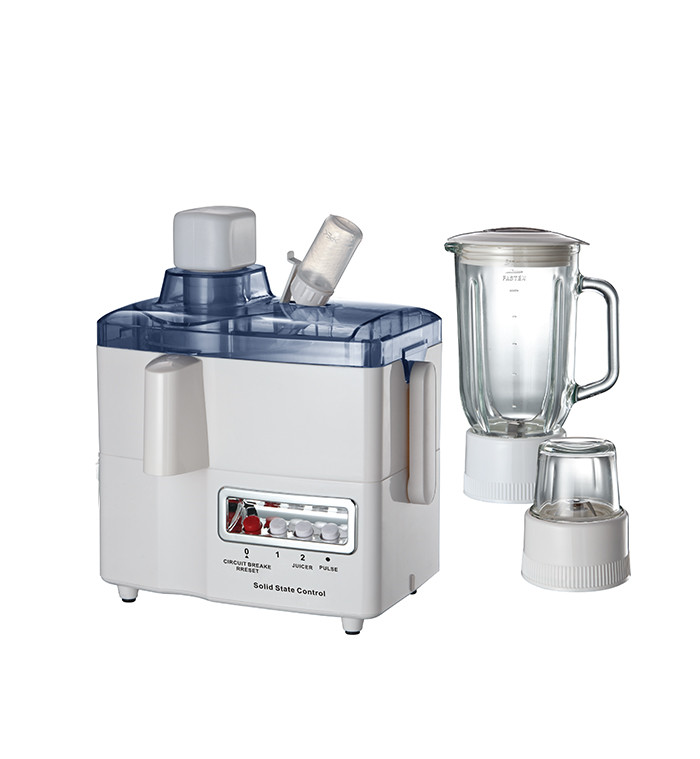Made in China to meet international standards
TÜV Rheinland, the third-party testing and certification body, recently held the annual “Best of China†event in Shanghai and discussed and shared the quality improvement of the Chinese manufacturing industry with nearly 200 guests from the automotive, aerospace, photovoltaic, medical, petrochemical, and home appliance industries. Way. Experts said that if Chinese manufacturing companies want to obtain long-term development opportunities, the only way out is to transform and upgrade. With innovation as the driving force to enhance product quality and enhance international competitive advantage. For a long time in the past, many Chinese companies did not attach importance to innovation and quality, resulting in serious product homogeneity and low value-added products. Moreover, because some domestic companies do not have strong technological innovation capabilities, and the technical standards are not in conformity with international standards, they often encounter trade barriers in the export market. At present, the global economy is sluggish, and trade protectionism is heating up. All these have also seriously affected the development and survival of Chinese manufacturing companies. In early May 2015, the State Council announced the first ten-year action plan for the implementation of a manufacturing power strategy, “Made in China 2025,†and put forward the “quality first†strategic policy and objectives, requiring China’s manufacturing industry to establish a system of laws and standards, Quality supervision system and advanced quality culture, create a market environment for integrity management, and follow the path of quality development. In the international market, whether China's manufacturing industry can quickly meet international standards is an important factor restricting the degree of internationalization of China's manufacturing industry. At present, the degree of internationalization of Chinese companies is generally not high. They are relatively unfamiliar with trade standards and product standards in the international market. As a result, they lack core technologies and products, resulting in relatively low brand awareness and product competitiveness in the international market. “China's manufacturing industry must regulate the production process from the source, link up with international standards, improve product quality, and take the road of product innovation and transformation and upgrading.†Li Tao, vice president of marketing for TÜV Rheinland Greater China, said that due to international trade regulations and product standards It is complicated and complicated, and third-party testing and certification organizations are required to play an important role. It is precisely to increase the upgrading of China's manufacturing industry that TÜV Rheinland has launched a series of forums on "Qualifying China" in major cities in China this year, focusing on topics, products and technologies currently most concerned with Chinese manufacturing, and striving to provide timely support to Chinese companies. , practical solutions and practical experience.
Food Processor 3 In 1
Food Processor 3 In 1 is one of our popular food processor among our customers. This kind of food processor including Blender, juicer and grinder. Besides, the blender jar has plastic jar and glass jar food processor optional.
Description for Food Processor 3 In 1
350W/450W/600W
Including juicer, 1.25L plastic jar blender and grinder
2 speeds wth pulse
Carton box: 49.5*44.5*61cm 4pcs/ctn
20'GP: 912pcs 40'HQ: 2104pcs
Food Processor 3 In 1,Food Processor 3 In 1 Juicer,3 in 1 Food Processor Blender,3 in 1 Baby Food Processor Flying Electronic Co., Ltd , https://www.flyingelectronic.com
